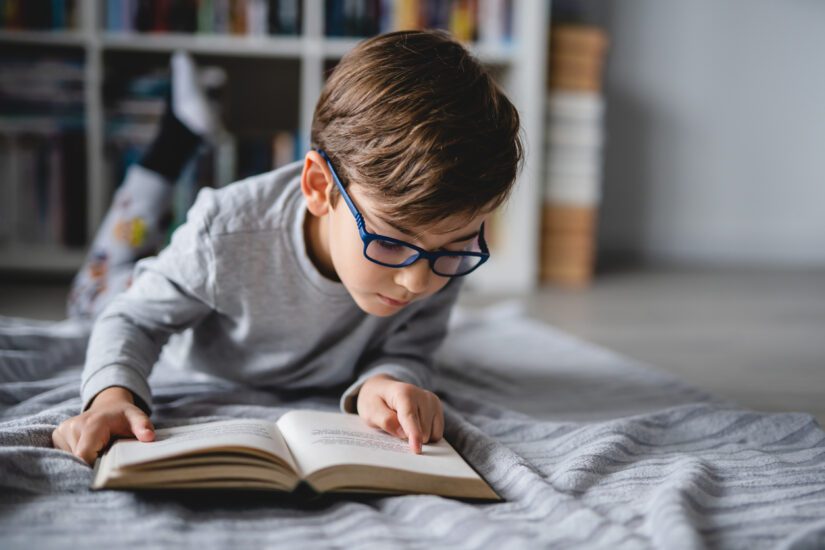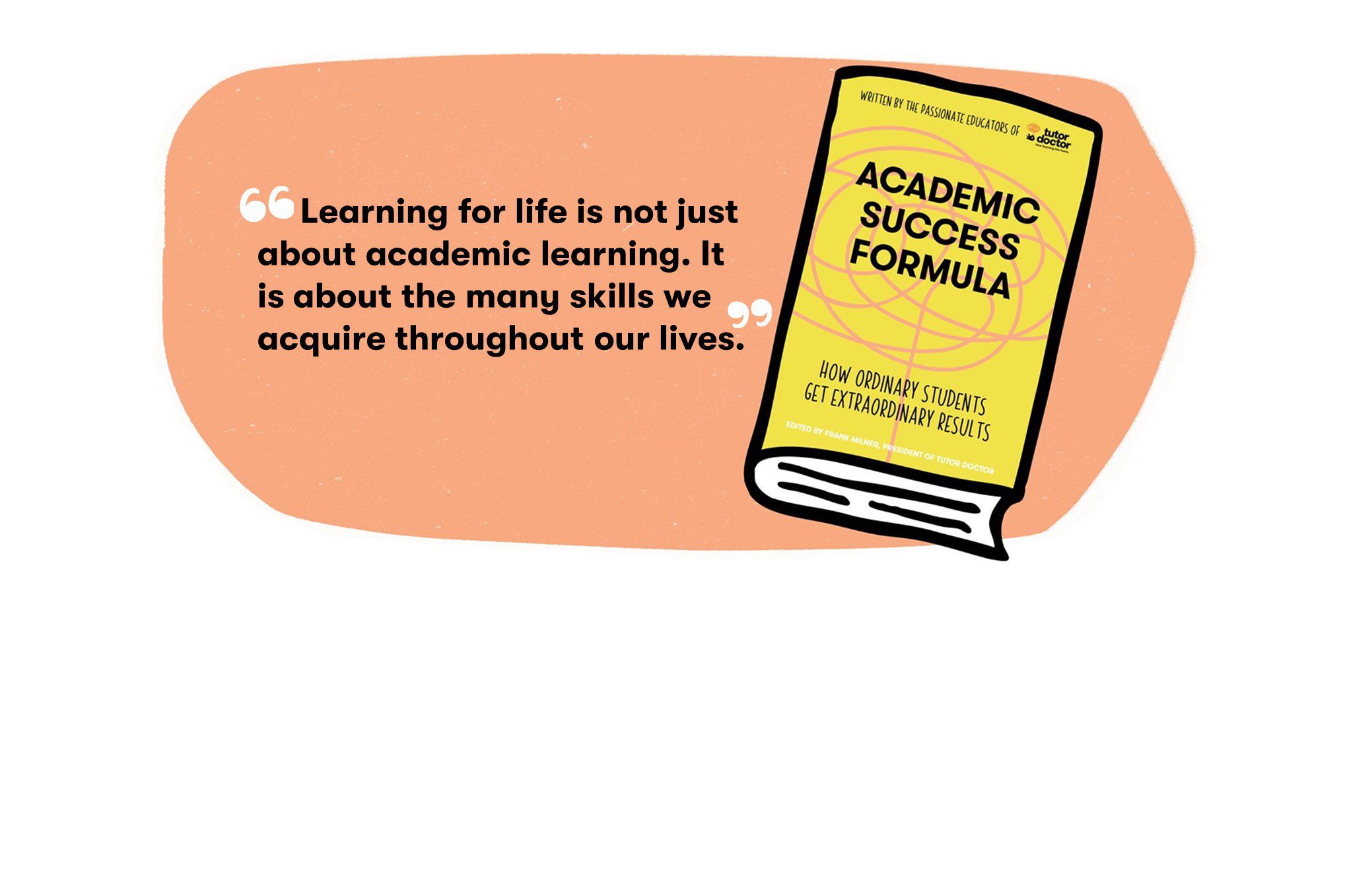Although tablets and e-readers are great, there’s something special about turning pages! Here are some key benefits of children reading books in a digital age.
Comprehension
Research has shown time and time again that our reading comprehension improves significantly when viewing a physical page versus a digital screen. In a staggering analysis of over 170,000 participants, results showed that “screen reading was consistently associated with lower reading comprehension scores.” The data is clear – reading physical print certainly seems to benefit our ability to absorb and retain information!
And although people of all ages can experience these benefits, physical books are especially important for younger children who are just learning how to read. Another recent study of 470,000 younger students determined that “print is six times better at boosting comprehension skills.” There’s no doubt about it – physical print improves reading comprehension.
But why exactly?
Scientists believe it has to do with many factors, but perhaps the most important is speed. We tend to read a lot faster when viewing a screen, perhaps due to how online content is commonly formatted. The fact that screen viewing often sacrifices traditional pages for an “endless scroll” likely also plays a role.
Whatever the exact case may be, turning physical pages encourages us to focus more, take our time, and better absorb what we read!
- Tutor Doctor Tip: The benefits of physical reading also apply to proofreading our own work! We tend to have an “internal dialogue” (we know what we mean to say), and it’s often easier to catch typos and grammatical errors on a printed page. Plus, you can annotate and highlight corrections to your heart’s content! For more great proofreading tips, check out Tutor Doctor’s Proofreading Tips: How to Revise an Essay!
Fulfillment
There’s something to be said about the physical fulfillment of reading a book. Following along with each line gives us a clear sense of spatial context, and we feel accomplished with the turn of each page (or when finishing a chapter). And once we close the cover with a bookmark, we have a perfect visual indicator of our overall progress towards finishing. These simple details may sound trivial to adults, but the fact is they can provide a very real reward system for younger children.
Here’s a great example of a similar principle – in March 2023, the music industry was shocked when sales reports indicated vinyl records had outsold CDs for the first time since 1987. This begs the obvious question: if all the same music is conveniently available on CDs and digital downloads, why are vinyl records becoming so popular again?
Many argue that, put simply, it feels like you’re really “getting something.” You can hold the album, it’s large enough to frame or display on a shelf, and the album comes packaged with lyrics, liner notes about the music, and more goodies to read through while enjoying the listening experience. And much like a book, a record requires flipping the page – or side, rather!
There’s something about physical media that retains its value in more ways than just the content itself. When you’re done with a book, you can keep it in your collection, store it on a shelf, loan it to a friend, or just read it over again! Much like the example with vinyl records above, books provide a uniquely fulfilling experience that digital media simply cannot match.




